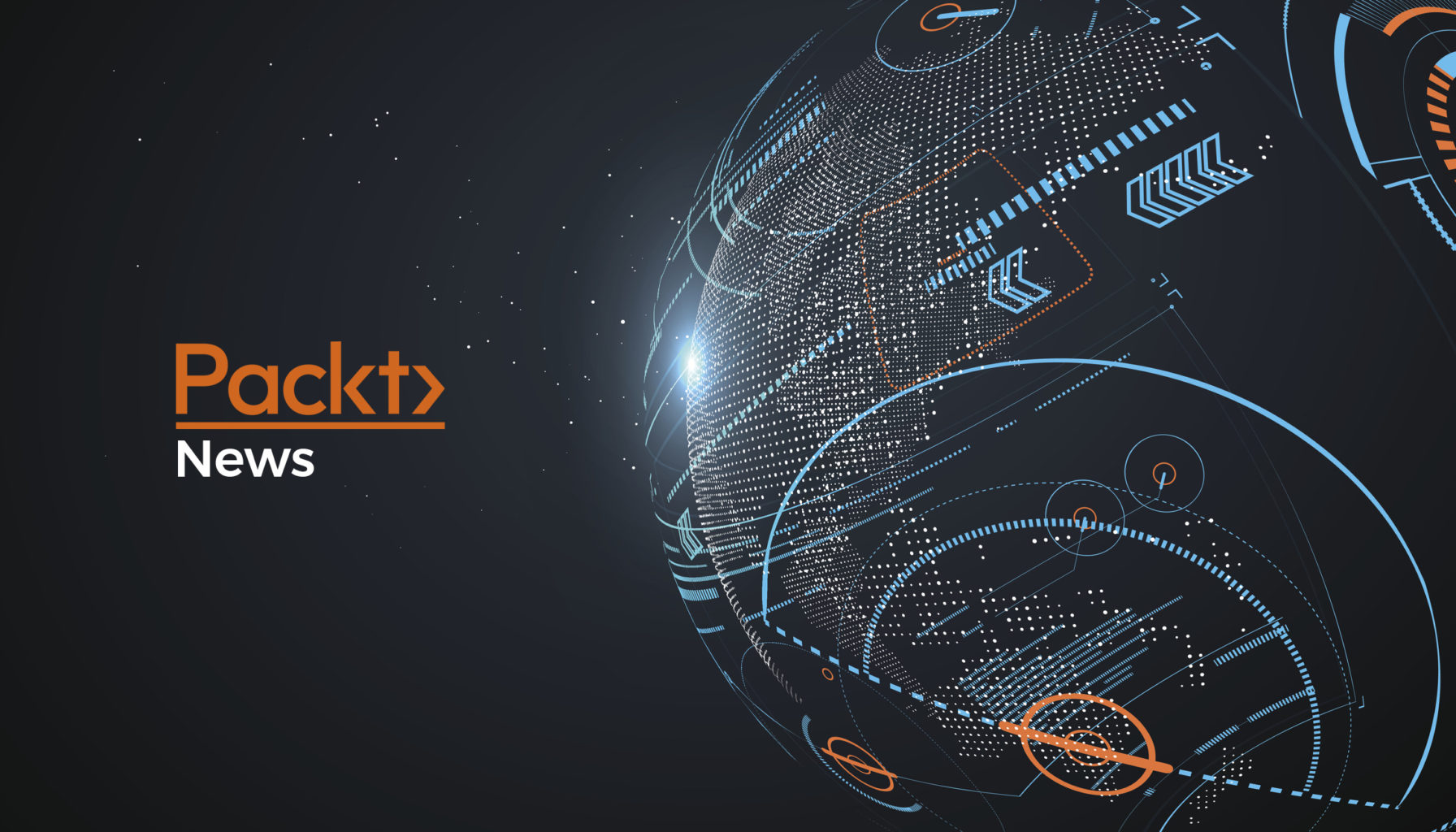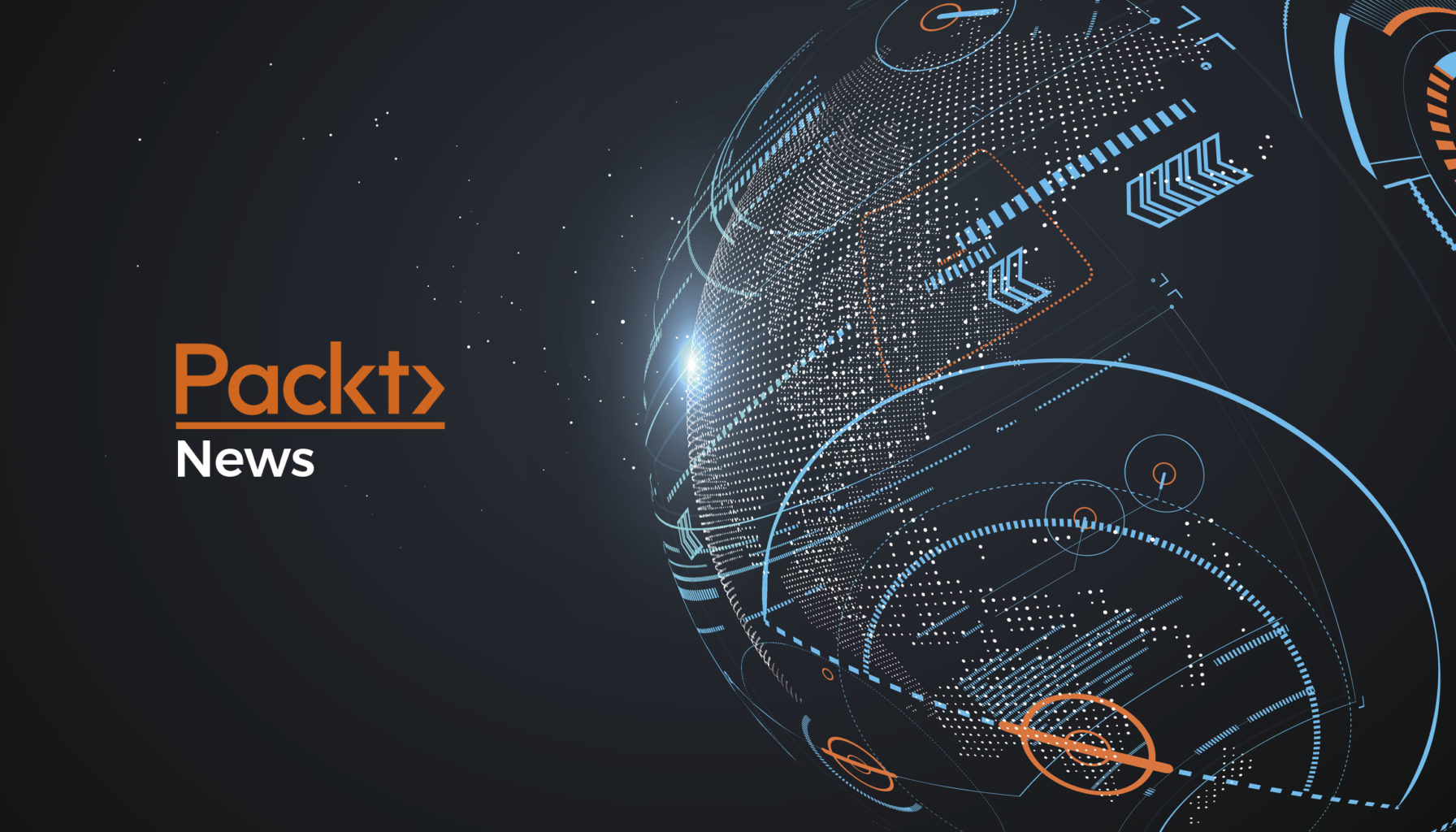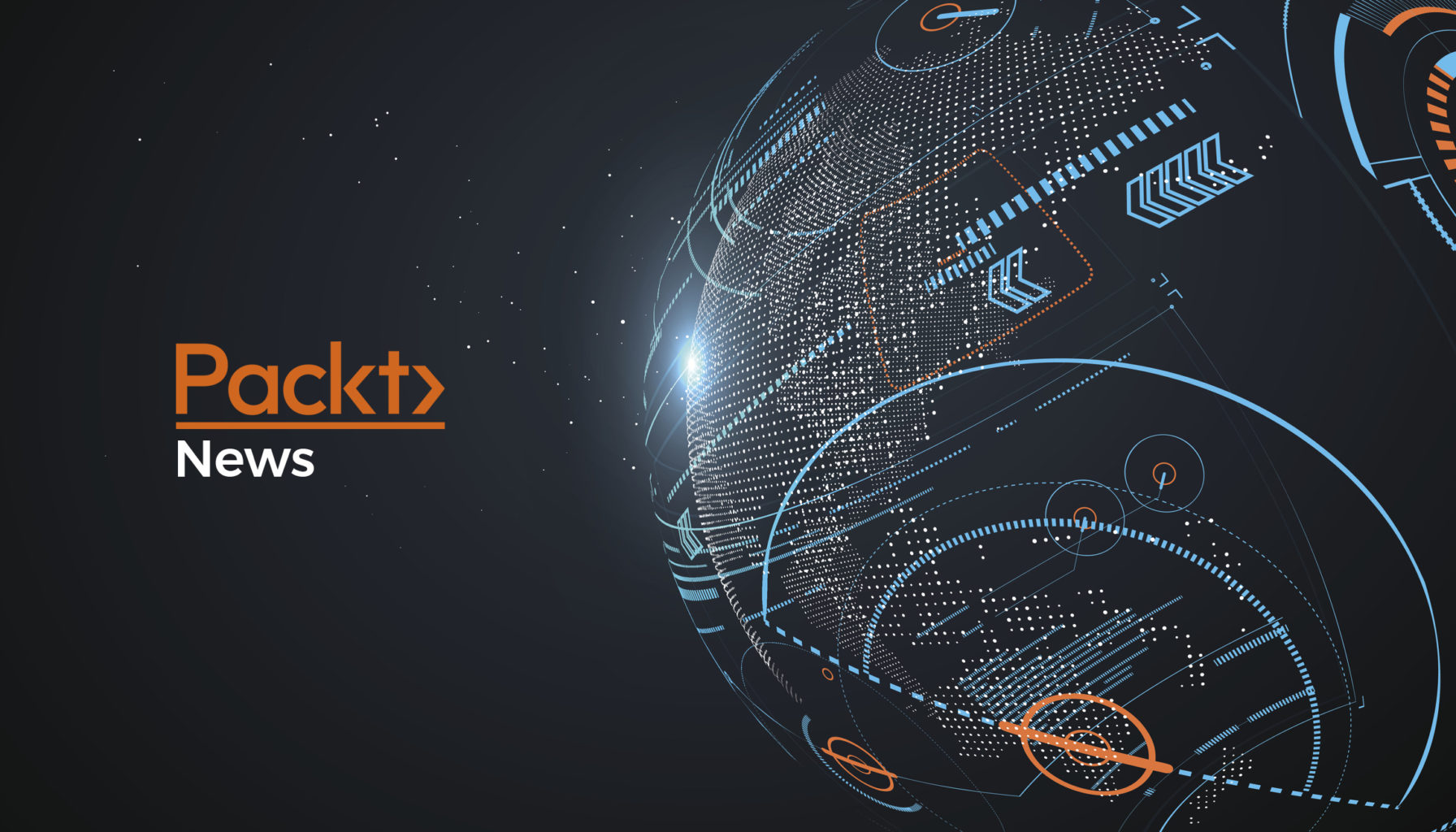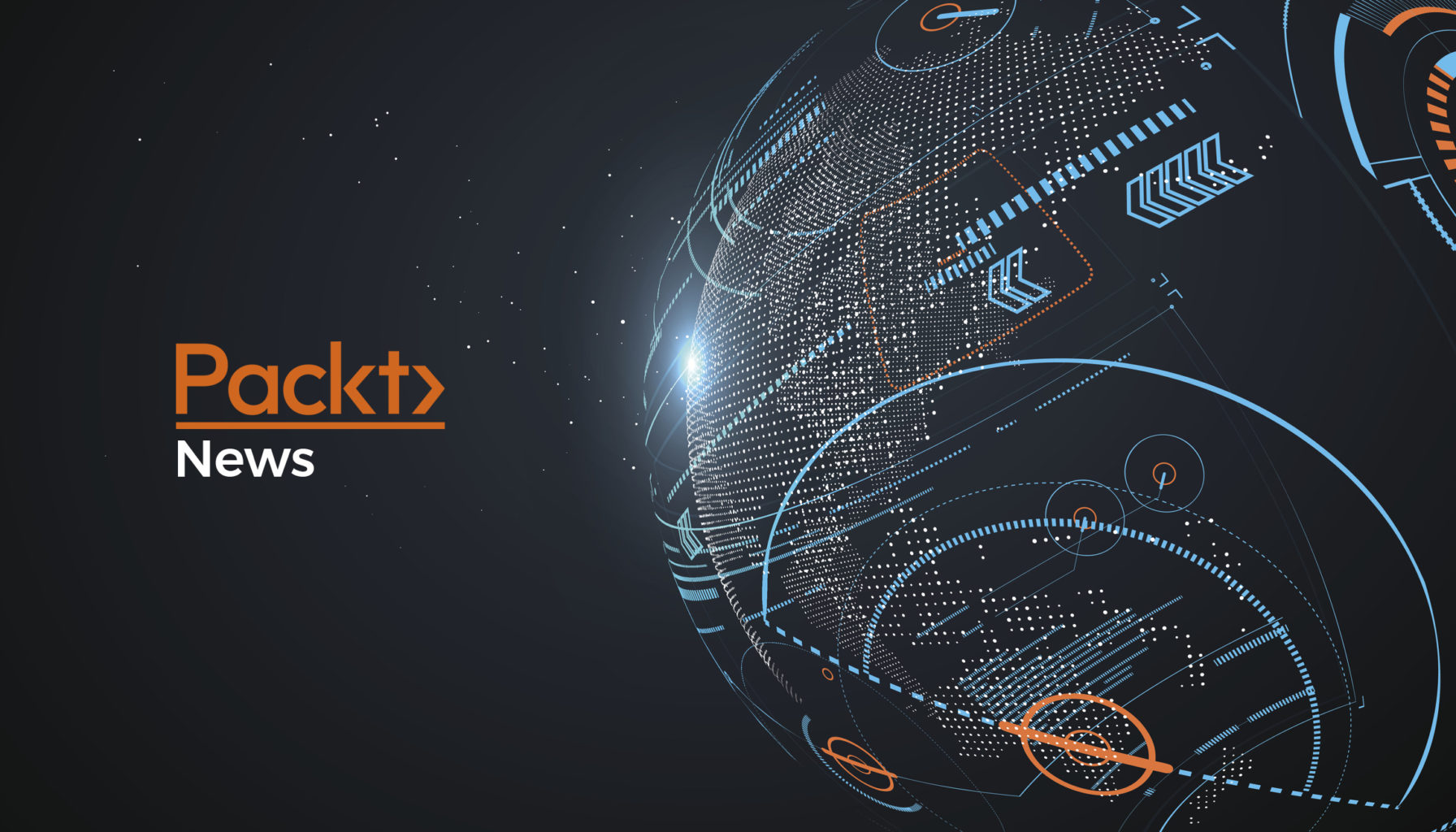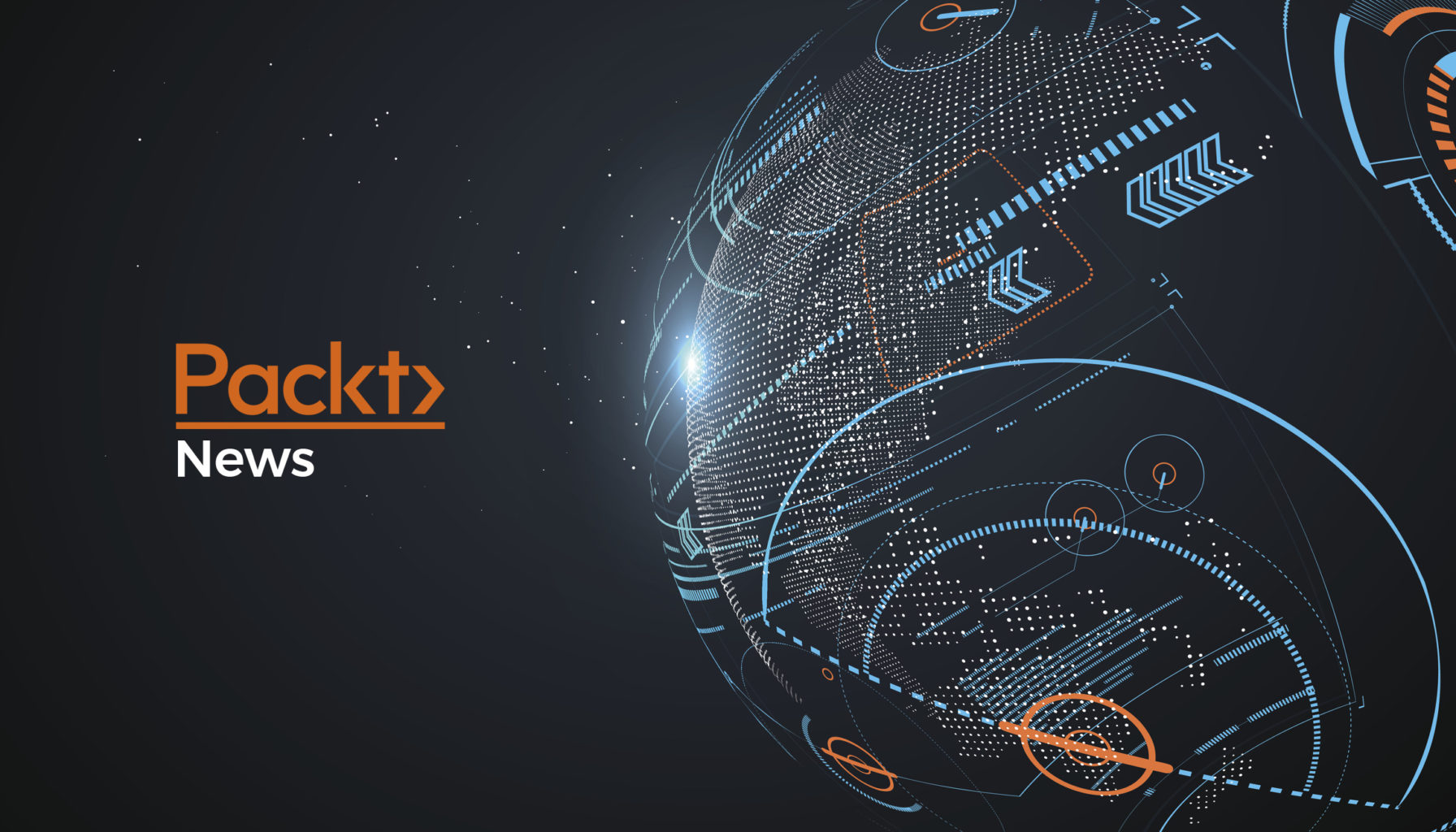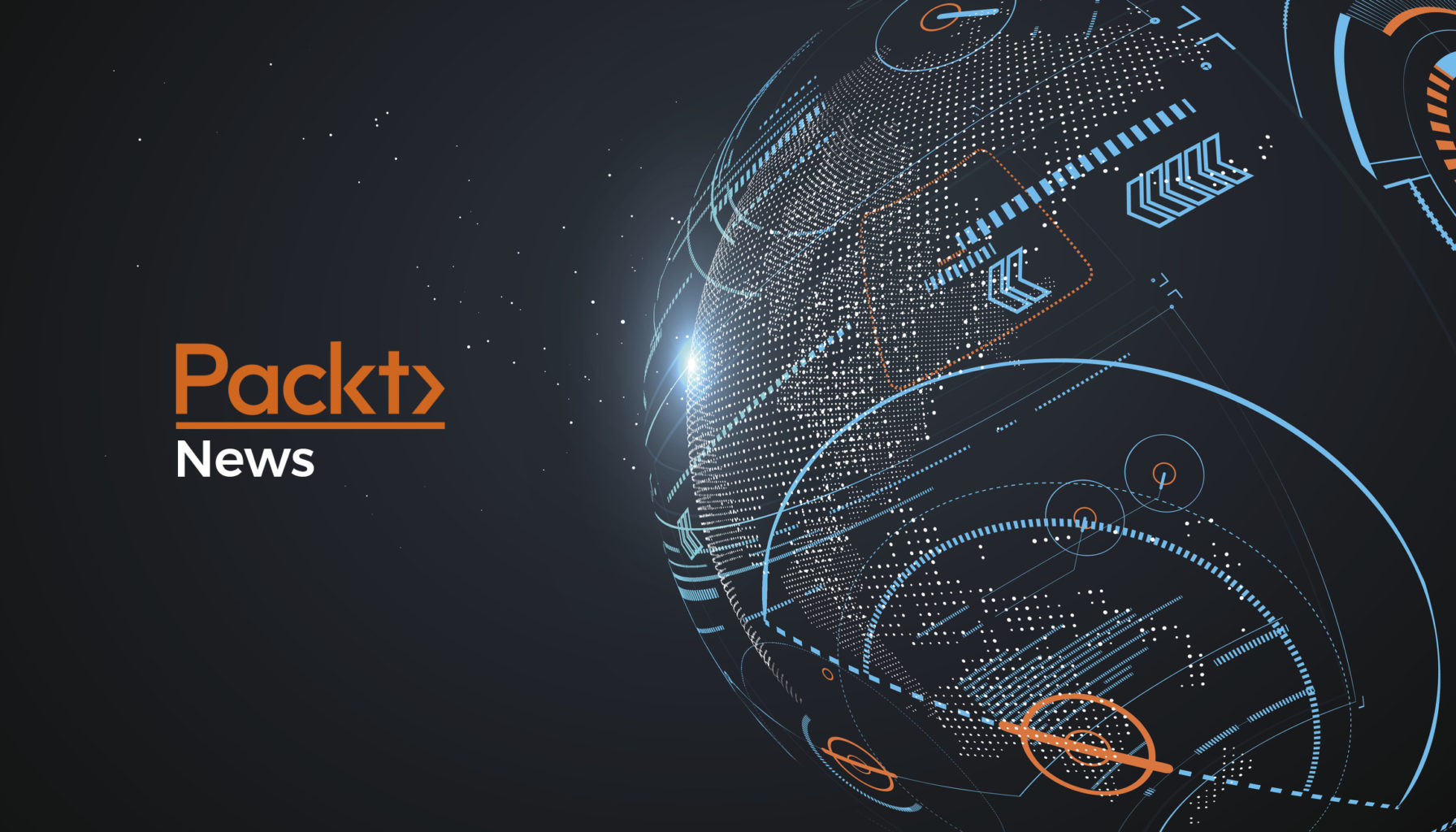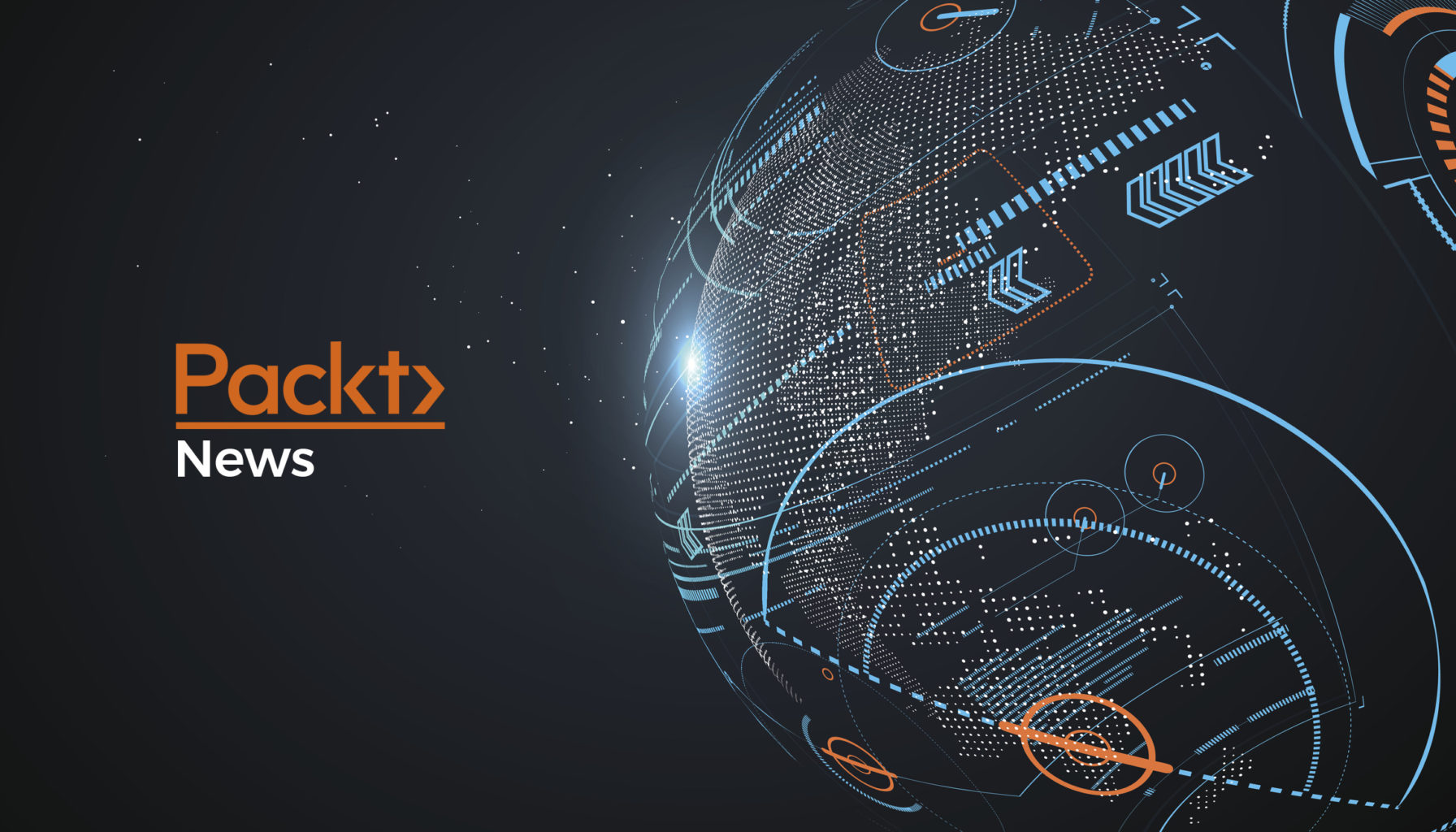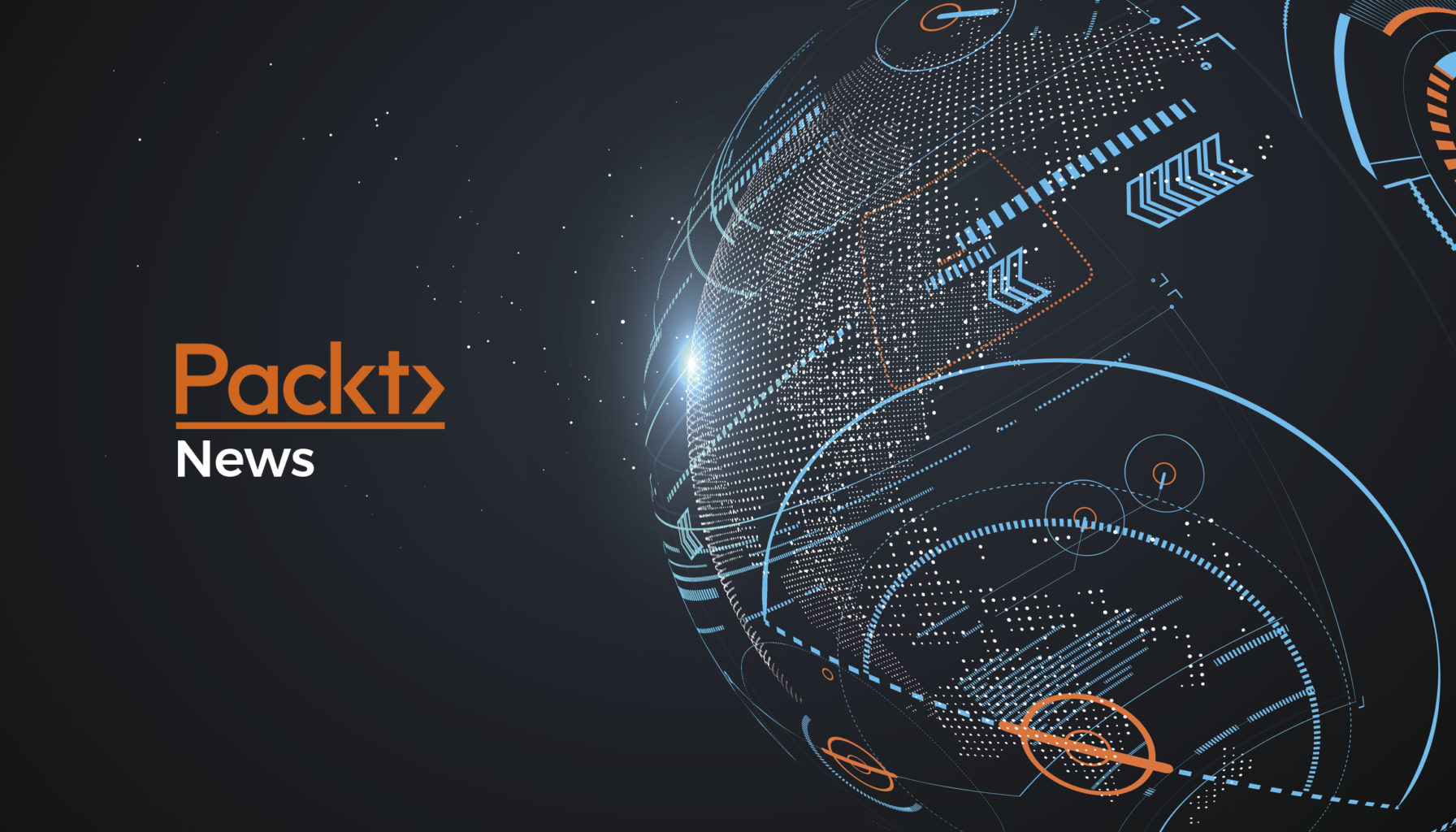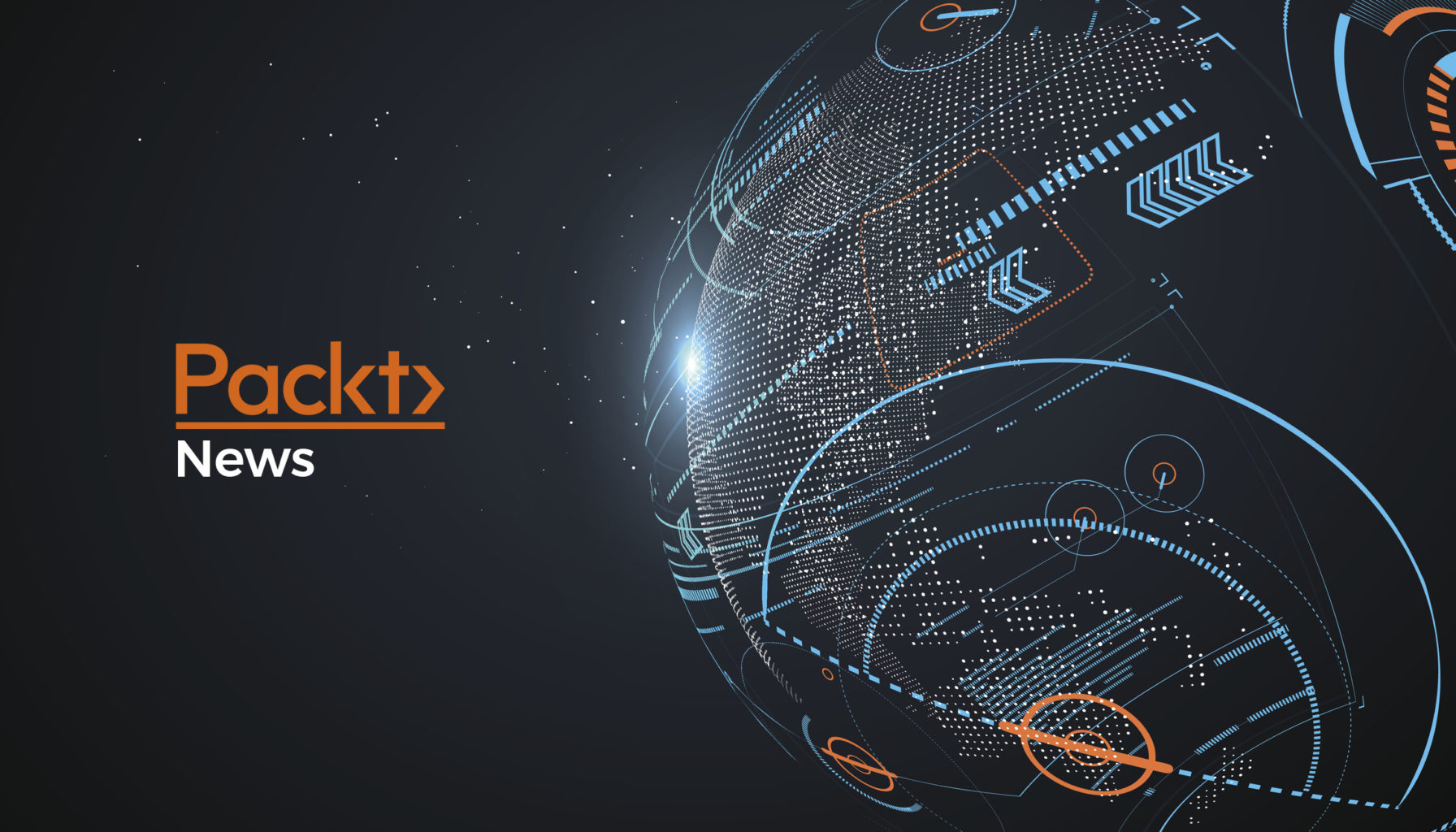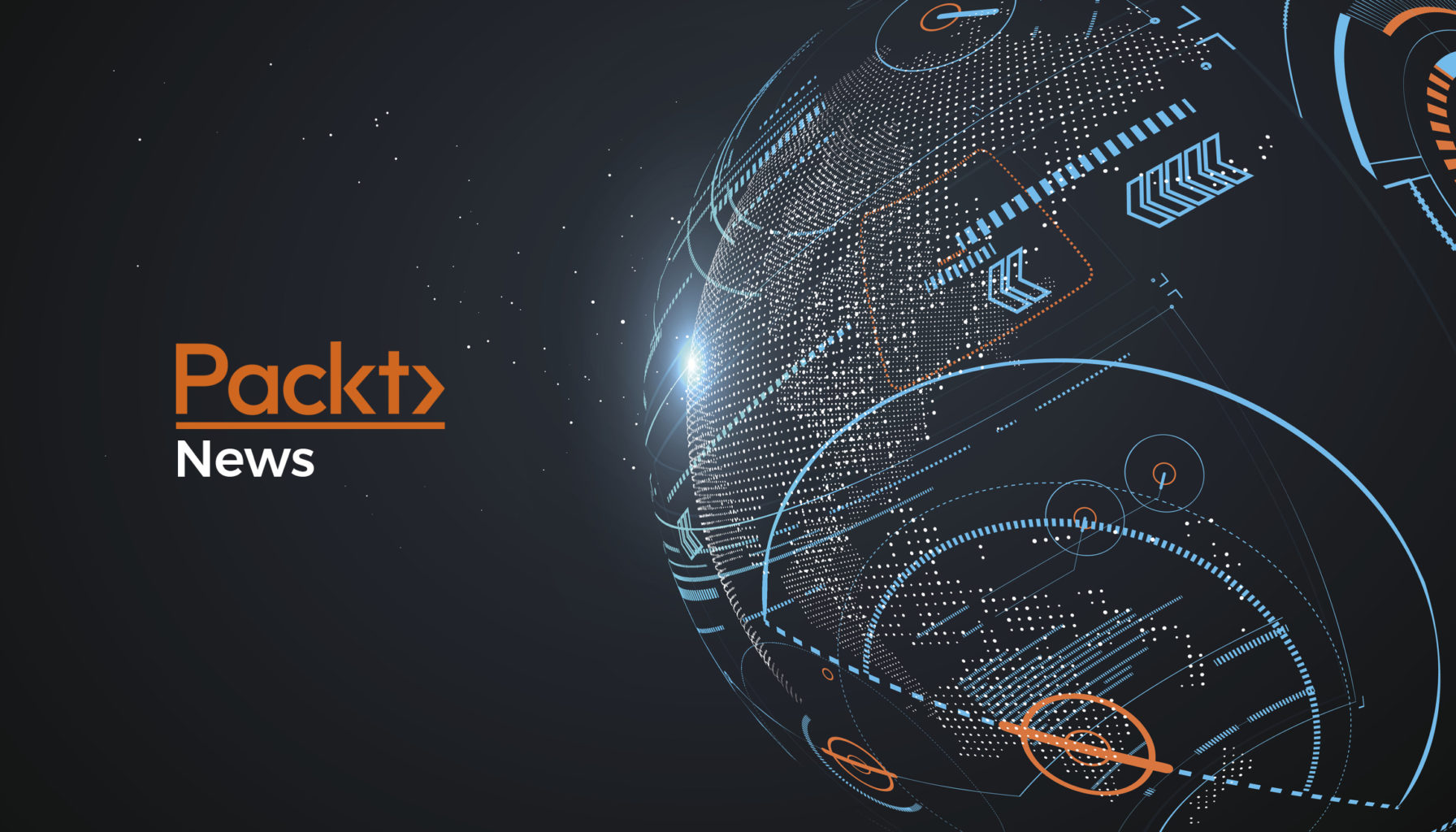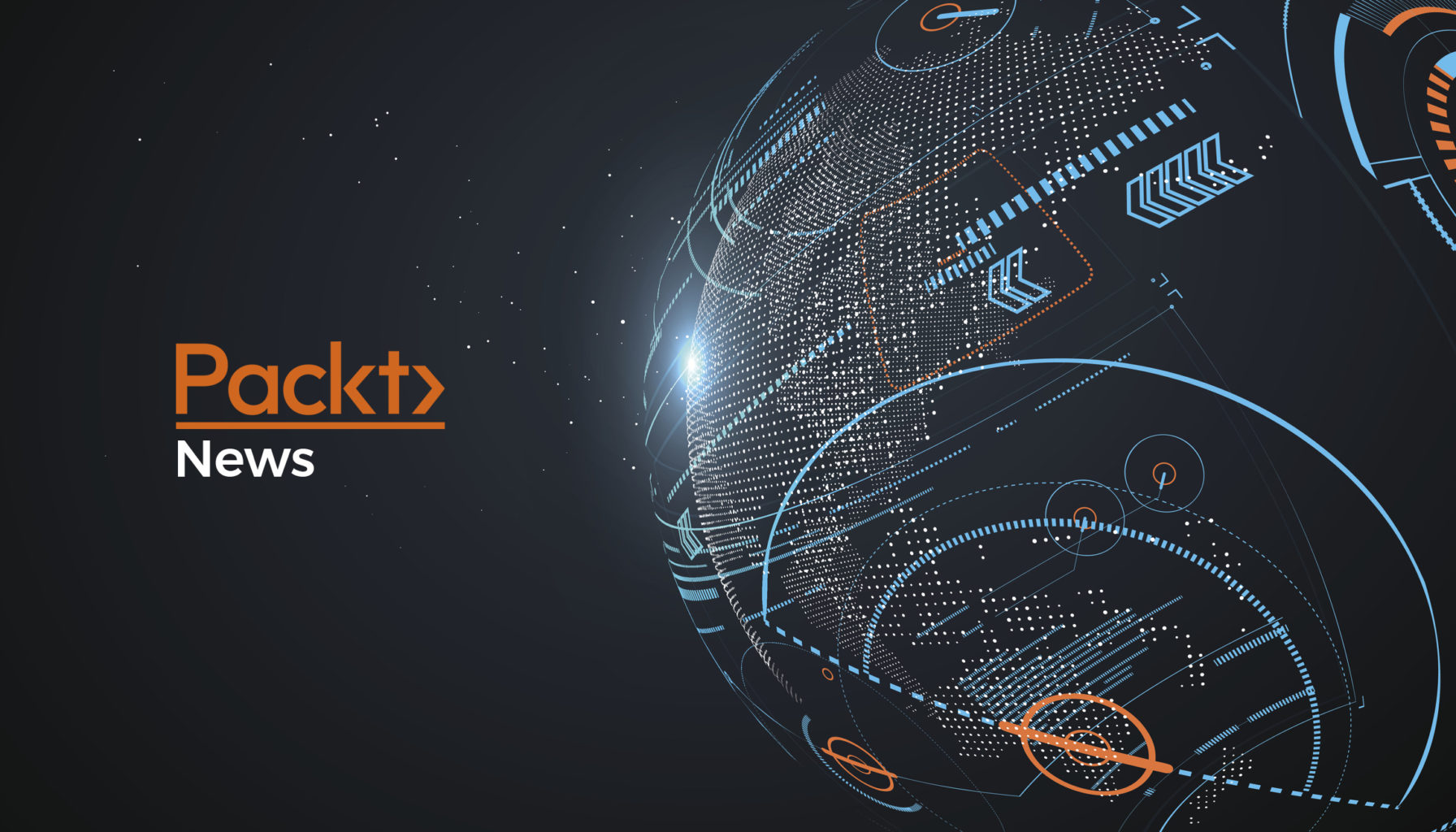Cats 1.0, first savings system in cryptocurrency called Peculium, a 'modular' style quantum computer, SAP's refocus on streaming analytics, and a new AI breakthrough in cancer detection in today's trending news around artificial intelligence and data science.
The “cat” is out of the bag. And production ready.
Announcing Cats 1.0.0
Cats, a library which provides abstractions for functional programming in Scala, has announced its version 1.0. Cats 1.0.0 indicates a stage where its API is robust and stable enough to start guarantee backward binary compatibility—going forward until Cats 2.0. “We expect the Cats 1.x series to be fully backwards compatible for at least one year,” the Cats maintainer team said.
While Scala supports both object-oriented and functional programming, Cats strives to provide functional programming abstractions that are core, binary compatible, modular, approachable and extensible. Its name is actually a playful shortening of the word category.
“After 1.0.0 release, we’ll use the MAJOR.MINOR.PATCH Semantic Versioning 2.0.0 going forward, which is different from the EPOCH.MAJOR.MINOR scheme common among Java and Scala libraries (including the Scala lang). In this semantic versioning, backward breaking change is ONLY allowed between MAJOR versions. We will maintain backward binary compatibility between PATCH and MINOR versions. For example, when we release cats 1.1.0, it will be backward binary compatible with the previous 1.0.x versions,” Cats team said in the official announcement.
Most of the changes since 1.0.0-RC1 are API compatible. For the rests that are not, scalafix scripts are ready in v1.0.0. Here is the change list and migration guide.
The first savings system in cryptocurrency, with an ‘automated’ financial advisor
Announcing Peculium – First Decentralized Savings Management Platform Powered By AI & Machine Learning
If you are a regular follower of our platform, you will recall that we earlier published about a robot financial advisor that is being used for trading in Toronto Stock Exchange in Canada. But that was related to Exchange-traded funds. Now, we have an automated machine-learning financial advisor that could predict the fluctuations of the cryptocurrency market.
Peculium, as the new project is named, uses machine-learning, Big Data, and AI-based technologies to effortlessly manage cryptocurrency portfolios, learning ‘intelligently’ from the analysis of historical data. The decentralized savings platform aims to maximize profits and savings, while helping its users overcome the common investment risks using advanced algorithms.
The key component of Peculium is AIEVE, an automated next-gen financial advisor, which is a short for Artificial Intelligence, Ethics, Values, and Equilibrium. AIEVE can direct or give real-time trading suggestions to platform users on their assets as well as giving them directions to execute on the best possible positions in the cryptocurrency market by pulling a significant amount of data from all over the web from sources such as OpenData, database, cloud networks, social networks, blockchains, and more.
A new chapter in cancer detection through artificial intelligence!
Indian researchers develop groundbreaking AI that detects Cancer in early stages
Last month we posted about Japanese scientists developing an AI to successfully detect bowel cancer. Now a team of researchers in India, from the IISER Kolkata and IIT Kanpur, have claimed to develop an AI that detects cancer tissues in its primitive stages within minutes.
According to the research, differences in the structure and formation of healthy and precancerous tissues change their refractive index and make them scatter light in discernible variations. Although this minute difference cannot be detected by the naked eye, these researchers have developed algorithms that can. In fact, the algorithm even identifies the stage of cancer, with more than 95% accuracy.
“The microstructure of normal tissue is uniform, but as the disease progresses, the tissue microstructure becomes complex and different. Based on this correlation, we created a novel light scattering-based method to identify these unique microstructures for detecting cancer progression,” said Sabyasachi Mukhopadhyay, who published a paper in the Journal of Biomedical Optics detailing the ground-breaking algorithm.
The team has developed two AI-based algorithms—Hidden Markov Model (HMM) and Support Vector Machine (SVM)—to differentiate healthy and precancerous tissues.
Tighter integration across SAP solutions to simplify data management and leverage digital transformation
SAP HANA refocuses on Streaming Analytics as SAP updates its enterprise information management (EIM) portfolio
SAP has updated its Enterprise Information Management (EIM) portfolio, refocusing on a tighter integration between the data management tools and various backend platforms. As part of that broader plan, SAP HANA Smart Data Streaming has been renamed SAP HANA Streaming Analytics. SAP EIM tools have also been extended to include data quality, master data management, content management and information lifecycle management capabilities, in addition to the support for SAP S/4HANA ERP software.
Integration between SAP EIM software and the SAP BW/4HANA data warehouse; an instance of Apache Spark dubbed SAP Vora; SAP Leonardo software for Internet of Things (IoT) environments; SAP Cloud Platform Big Data Services; and the SAP Asset Intelligence Network has also been enhanced.
SAP has also added support for a range of cloud services, including Amazon Redshift and Amazon Elastic Compute Cloud (Amazon EC2), Microsoft Azure Cloud and SQL Data Warehouse, and Google Cloud Platform.
In addition, EIM portfolio offers new and expanded support for Impala, Cassandra, OData, Hive data stores, IoT device connectivity; Parquet, Avro and ORC file types; and Kerberos and Knox Gateway security software.
A new approach to quantum computing..
Sussex researchers working to create a different “Modular” quantum computing system
At Sussex University, researchers are preparing to build a new modular type of quantum computer that they claim is going to be the most powerful ever. The prototype is not yet operational, but scientists are working in full gear. The work features a new invention permitting actual quantum bits to be transmitted between individual quantum computing modules in order to obtain a fully modular large-scale machine capable of reaching nearly arbitrary large computational processing powers.
Previously, scientists had proposed using fibre optic connections to connect individual computer modules. The new invention introduces connections created by electric fields that allow charged atoms (ions) to be transported from one module to another. This new approach allows 100,000 times faster connection speeds between individual quantum computing modules compared to current state-of-the-art fibre link technology.
We earlier posted about Microsoft’s quantum computing advancements and IBM’s 50Q processor, signifying how the race for quantum computing got heated up in 2017.
Read more
 United States
United States
 Great Britain
Great Britain
 India
India
 Germany
Germany
 France
France
 Canada
Canada
 Russia
Russia
 Spain
Spain
 Brazil
Brazil
 Australia
Australia
 South Africa
South Africa
 Thailand
Thailand
 Ukraine
Ukraine
 Switzerland
Switzerland
 Slovakia
Slovakia
 Luxembourg
Luxembourg
 Hungary
Hungary
 Romania
Romania
 Denmark
Denmark
 Ireland
Ireland
 Estonia
Estonia
 Belgium
Belgium
 Italy
Italy
 Finland
Finland
 Cyprus
Cyprus
 Lithuania
Lithuania
 Latvia
Latvia
 Malta
Malta
 Netherlands
Netherlands
 Portugal
Portugal
 Slovenia
Slovenia
 Sweden
Sweden
 Argentina
Argentina
 Colombia
Colombia
 Ecuador
Ecuador
 Indonesia
Indonesia
 Mexico
Mexico
 New Zealand
New Zealand
 Norway
Norway
 South Korea
South Korea
 Taiwan
Taiwan
 Turkey
Turkey
 Czechia
Czechia
 Austria
Austria
 Greece
Greece
 Isle of Man
Isle of Man
 Bulgaria
Bulgaria
 Japan
Japan
 Philippines
Philippines
 Poland
Poland
 Singapore
Singapore
 Egypt
Egypt
 Chile
Chile
 Malaysia
Malaysia


